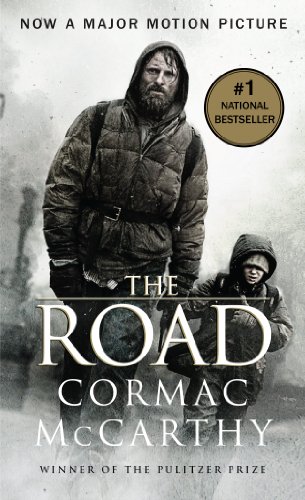One of my reading treats on my
recent stay in the West of Irelan d - apart from reading about pirates and white slavery there in then18th Century -
was to catch up with some books about and by Edith Somerville and Violet Martin
Ross whose families had been on Ireland
for hundreds of years...
.jpg) |
| The way down to the harbour from the Customs House. Early 20th C |
Significantly the old family homes of the
It is a very small village with
an alleged population of one hundred and fifty but has at least half a dozen
great, well appointed houses with prime views of the harbour and the sea. Most
of these houses were built or serially occupied for more than a century by four
intertwined families who in the latter nineteenth and earliest twentieth
century lived an almost self contained life involving a round of hunting,
sailing, tennis parties, playing cards, writing and performing plays and
theatrical events.
For a while in earlier centuries such ascendancy families had lived like potentates building and furnishing houses on British government support, on sea trade and rents paid by Irish farmers. By the time of Edith and Violet things had changed. The Land Acts of the late nineteenth century had reduced the wealth of some families to the point that they had to work away from home as painters, actors, writers and photography to keep the roofs over their heads from falling in, Violet’s brother closed up crumbling Castle Ross and became a kind of professional Irishman in London society, preferring that to the struggle to keep up the now unrewarding role of the Irish Landlord.
Both Edith and Violet separately and then together wrote stories, articles and tales for fees with the intentions of helped to keep their family afloat. Then they got together in a famously close relationship mimicking a marriage but – despite later post Freudian retrospective analysis – neither necessarily nor provably homosexual. (Not, as we say these days, that that matters).
Both Edith and Violet separately and then together wrote stories, articles and tales for fees with the intentions of helped to keep their family afloat. Then they got together in a famously close relationship mimicking a marriage but – despite later post Freudian retrospective analysis – neither necessarily nor provably homosexual. (Not, as we say these days, that that matters).
Out of this relationship – to
the rescue of the Somerville
home Drishane[1] - came a
stream of stories, articles and books. Most important of these is probably The Real Charlotte which according a
critic quoted by to academic biographer John Cronin is a splendid piece of
realistic fiction, a definitive exploration of ‘the Indian Summer of the Anglo Irish Ascendancy.’ He compares it
with Jane Austen’s work in its tautness
and resilience.
Charlotte Mullen, at the
centre of the novel a dark and destructive a figure of evil- is entirely
convince, This novel has been called the finest Irish novel of the 19th
Century.
They then went on to the
subsequently more famous Some Experiences
of an Irish RM which was phenomenally successful.
I am famously serious in my
approach to life but there beside the roaring peat fire in the ex- Customs
House in Castletownshend I laughed out loud at these tales which were based in
this very village but could apply universally to small communities everywhere.
.jpg) |
| Edith and Violet at a typical Castletowneshend Tenniss Party |
Their letters show that these
two were obsessed with the language patterns and idioms of their native
countryside which as Canadian reviewer Susan Smith observes’ ...contains a
curious mixture of the poetic and the absurd with the vitality of Elizabethan
English. One letter recounts the story of
a widow who was … left with one
child and the invoice for another ...since
they recorded the language of the common people …their writing has a depth and
range missing in other Anglos Irish writers…’ For this reason, Smith says, we
should not associate Somerville
and Ross with those associated with the Celtic Revival, such as Lady Gregory
and WB Yeats. A very enlightening thought
for me.
So beside an Irish fireside I
learned a lot not just about these two remarkable women and their writing but
about the subtleties of Irish-English identity (I learned not to think about
them and Anglo-Irish. They were definitely Irish first.) I learned about the
poignant nature of these families and their affairs in the twilight and
unloosening of their visceral connection with England .
I also got to re-acquaint myself
with a pair of excellent writers from whom I can learn a lot about telling a good
story in good style.
It also occurs to me that this
extraordinary world could be the setting for a good novel or a great film © Wendy Robertson 2012
Should take more holidays
perhaps.
Some Books Read:
The Real Charlotte
Some Experiences of an Irish RM: Somerville & Ross
Selected Letters of Somerville & Ross; Edited By Gifford Lewis
- With an excellent forward
by Molly Keane
-
A gorgeous picture book with informative text. As you
see from this page images are very much part of the story.
This is more like an academic
thesis considering letters and books in analytical detail. Very enlightening


.jpg)






.jpg)

.jpg)




